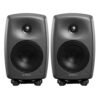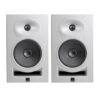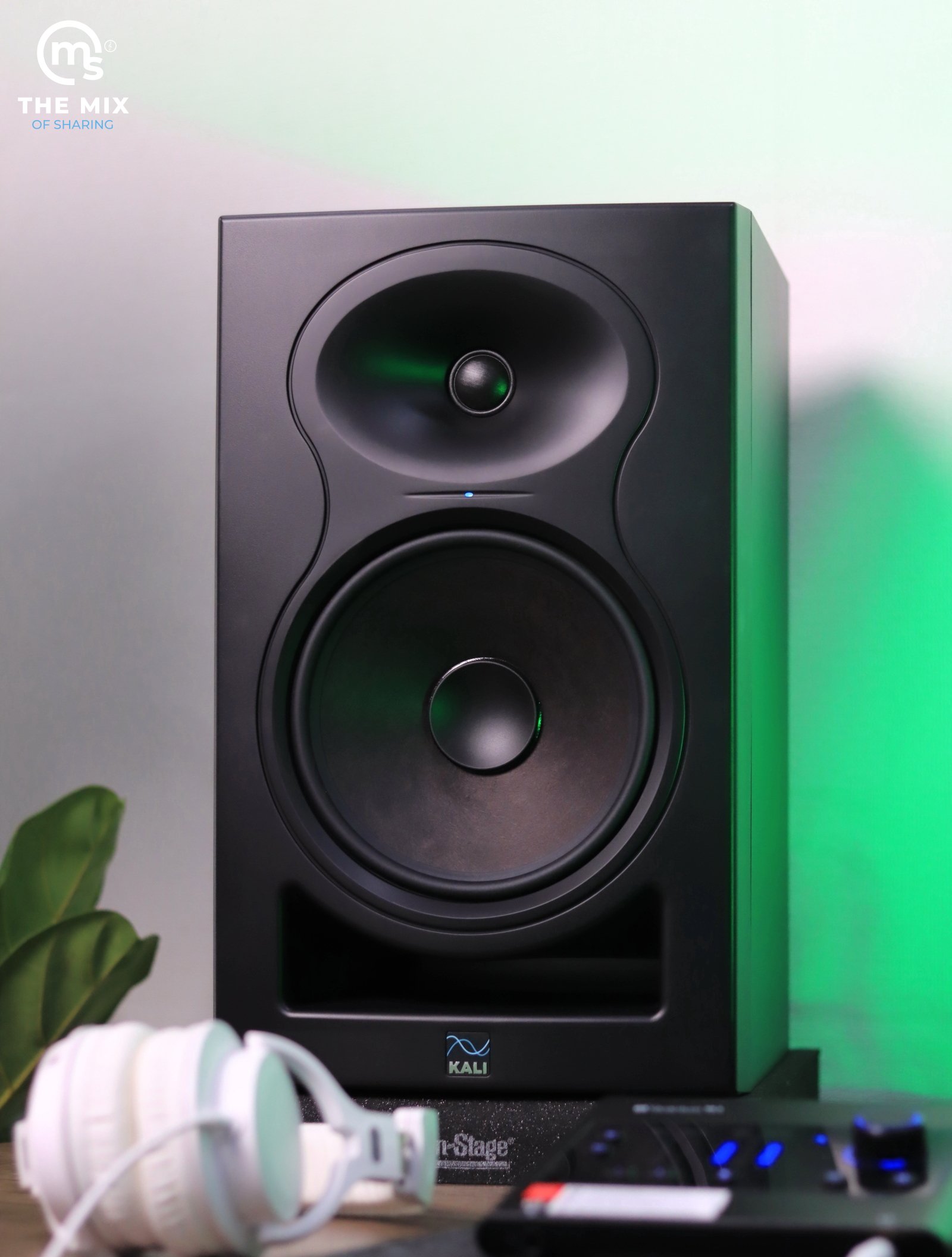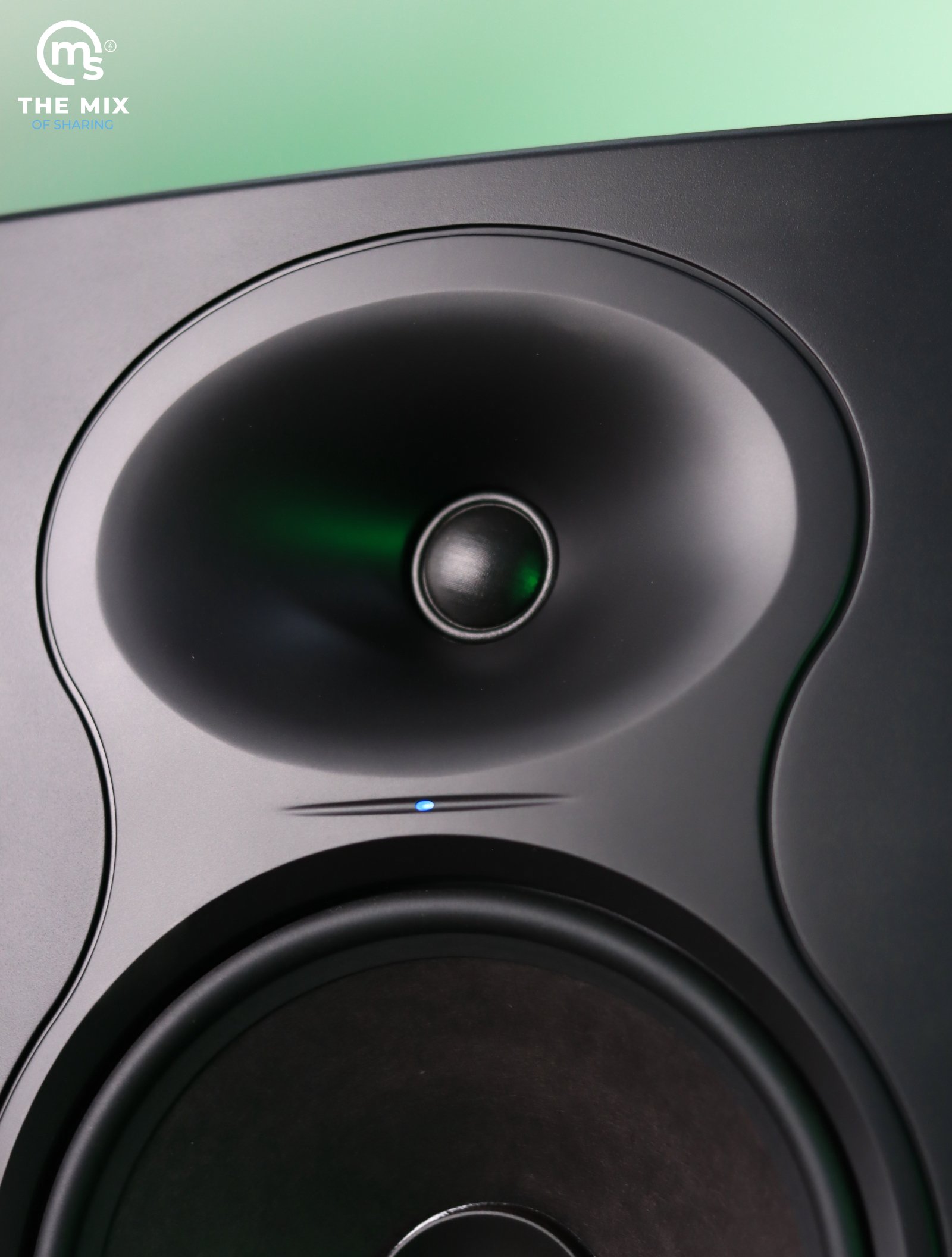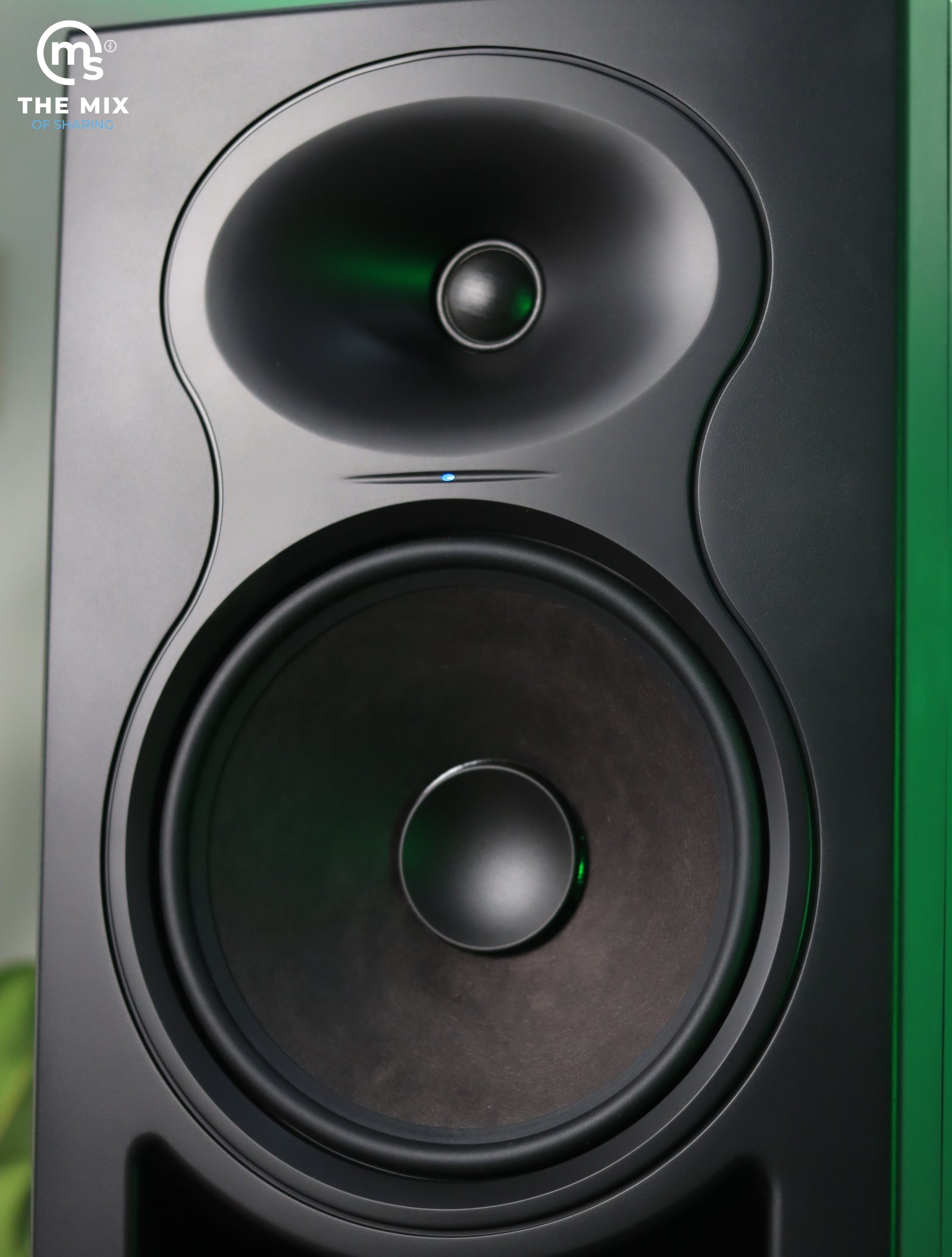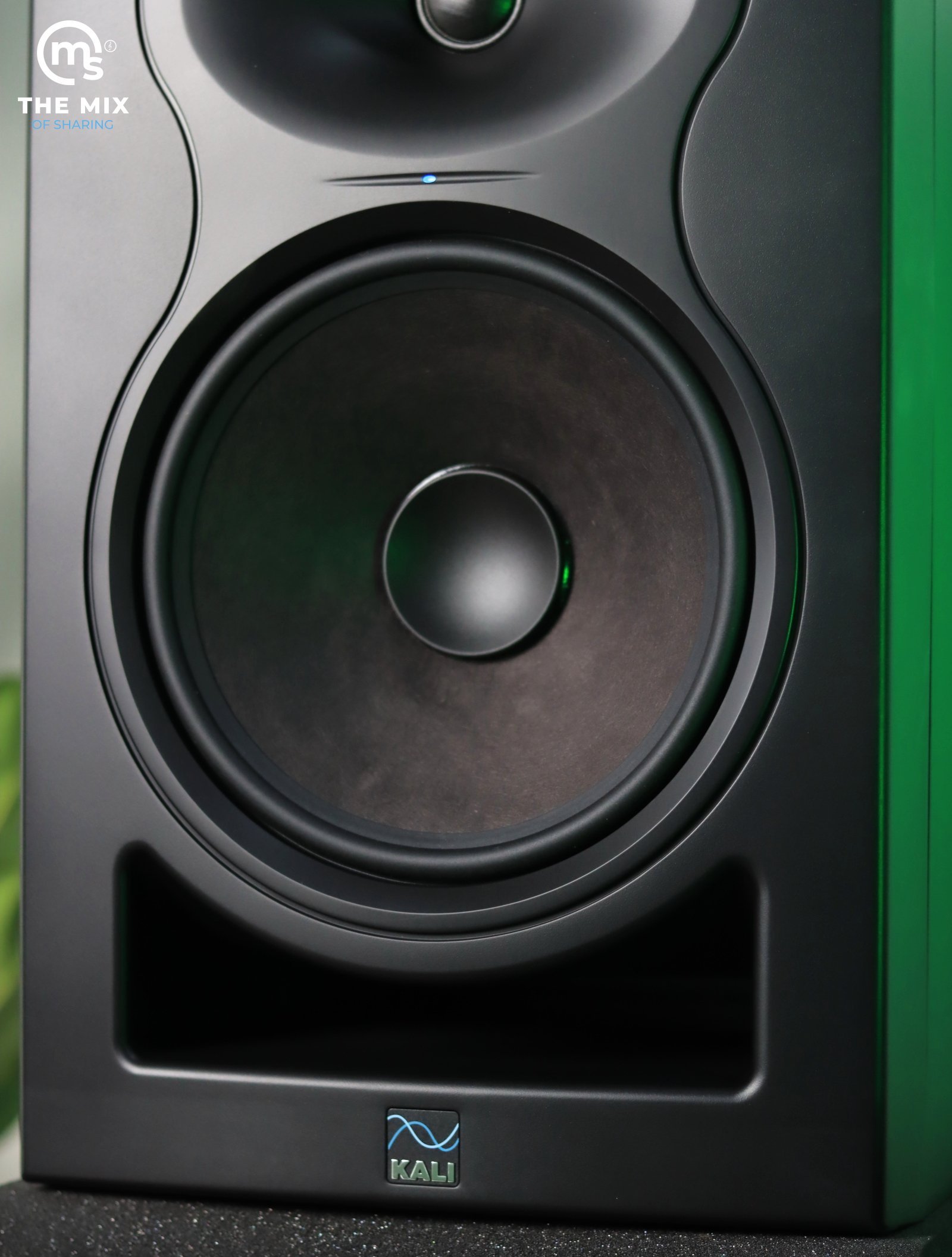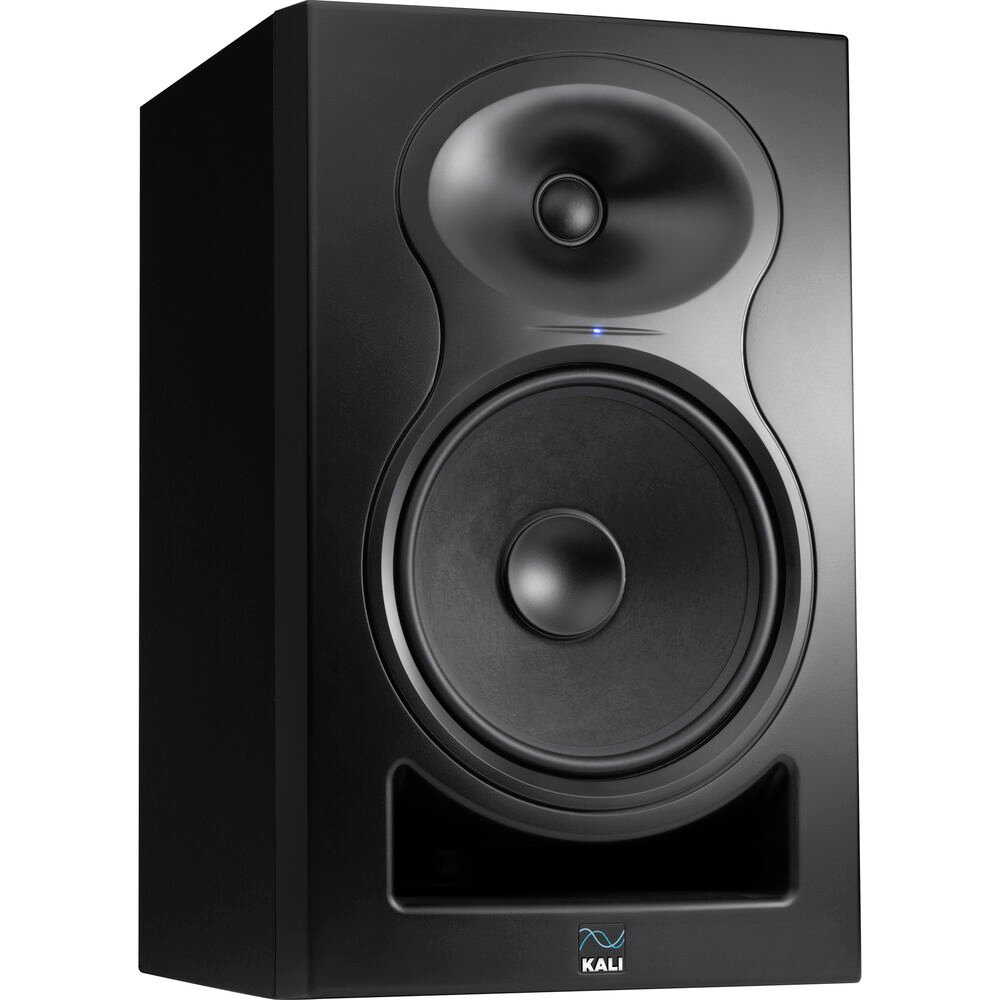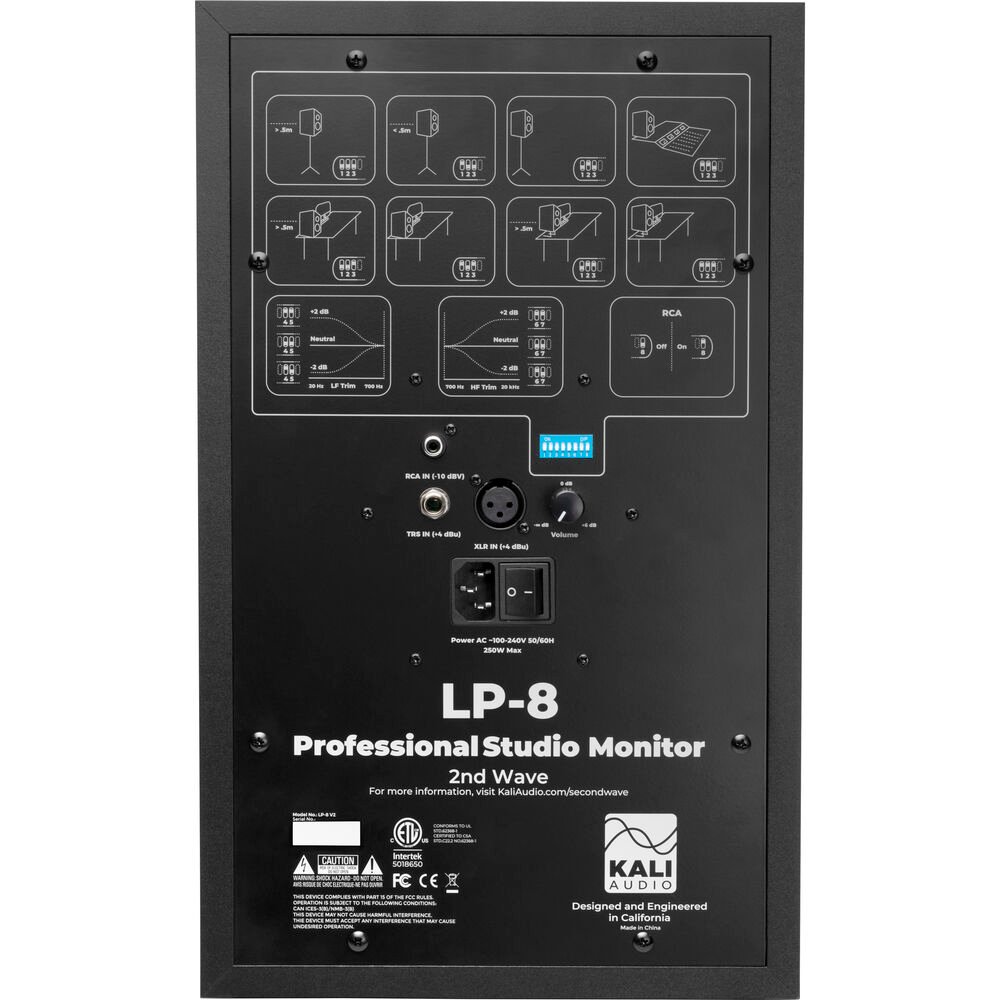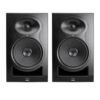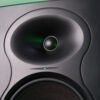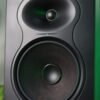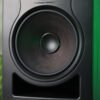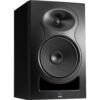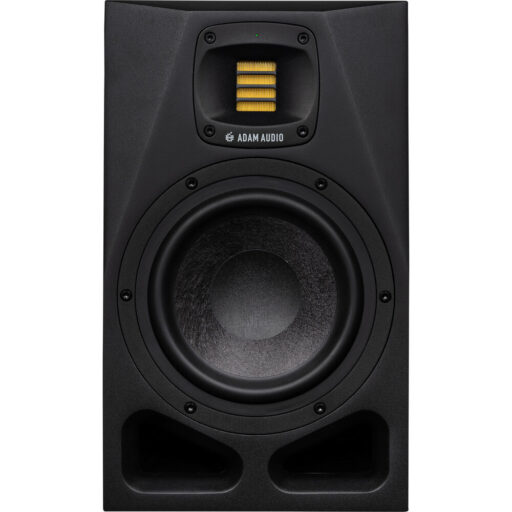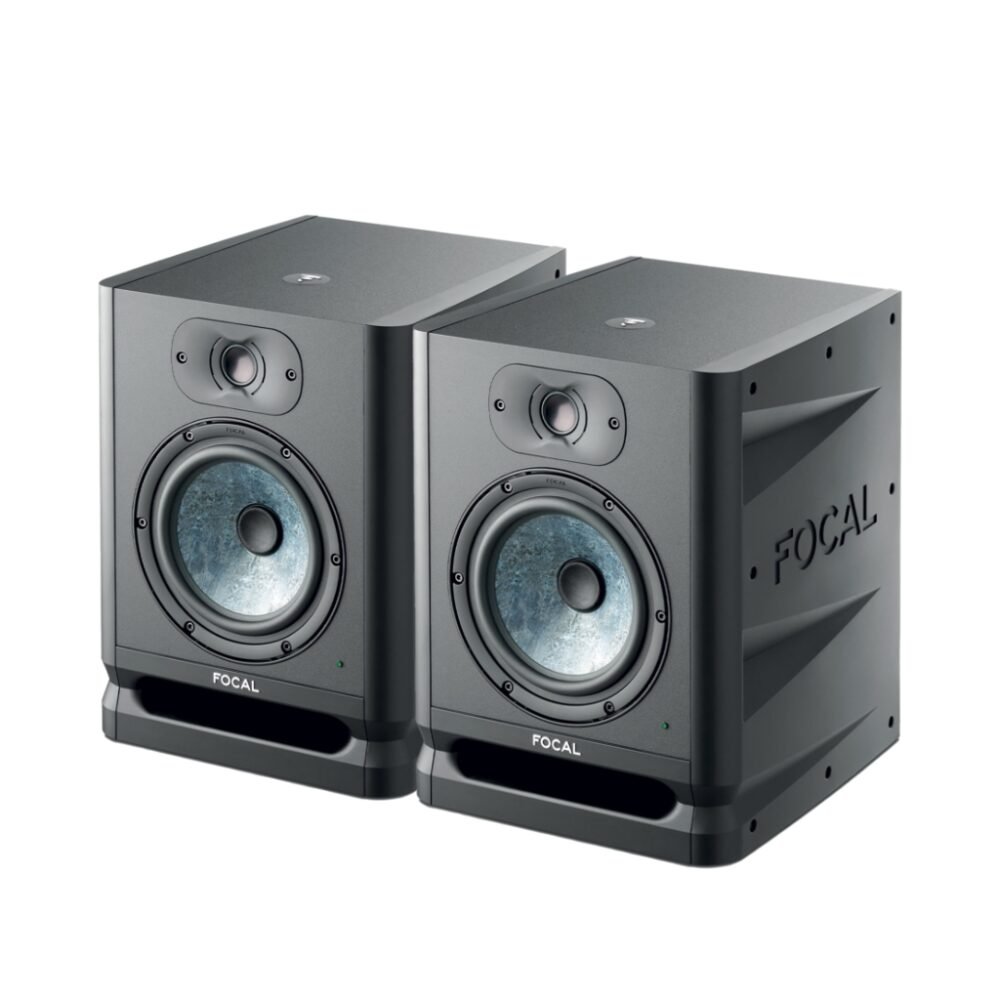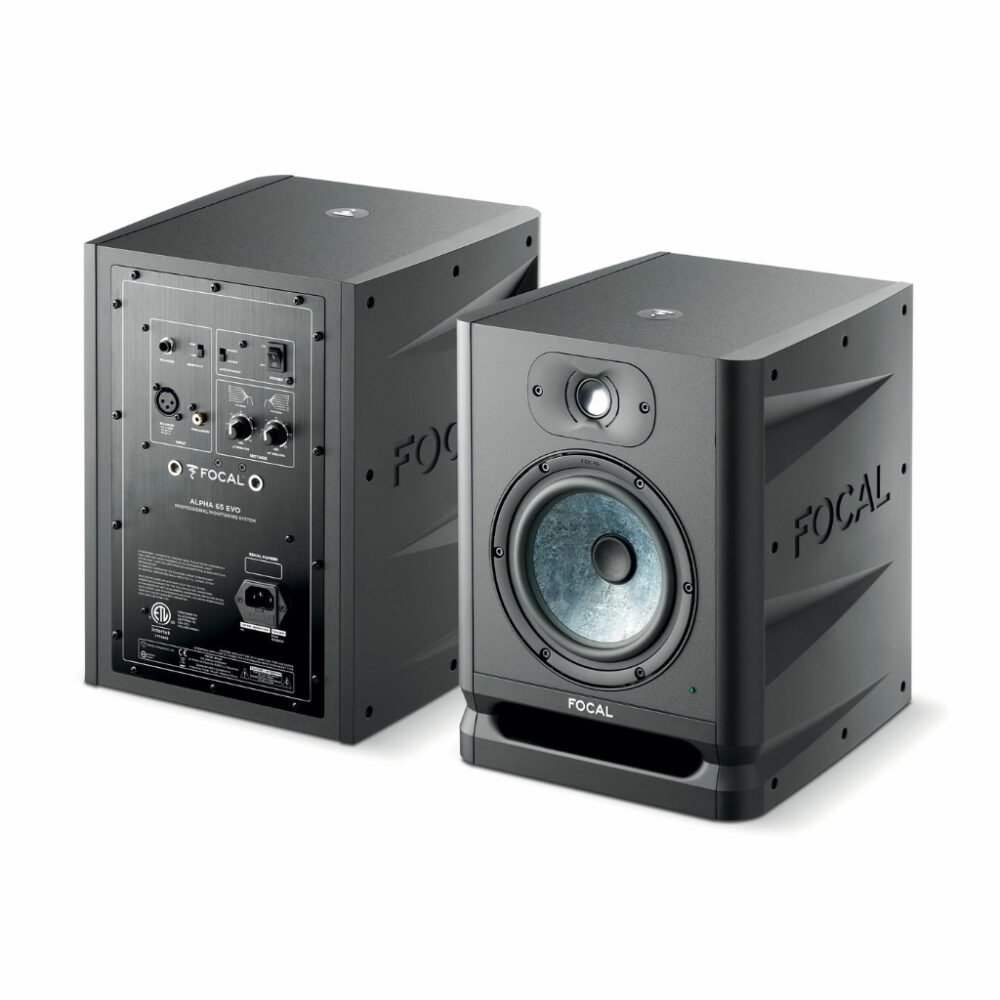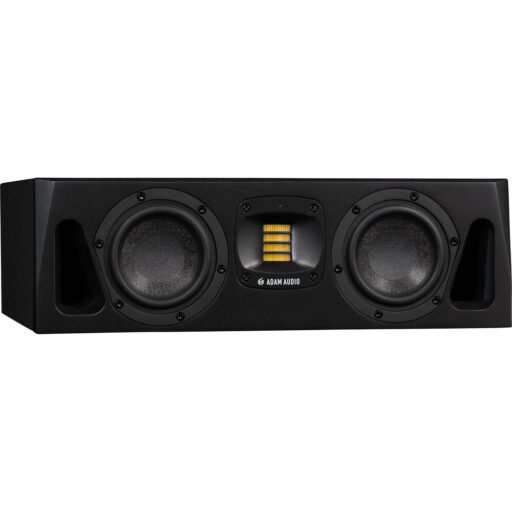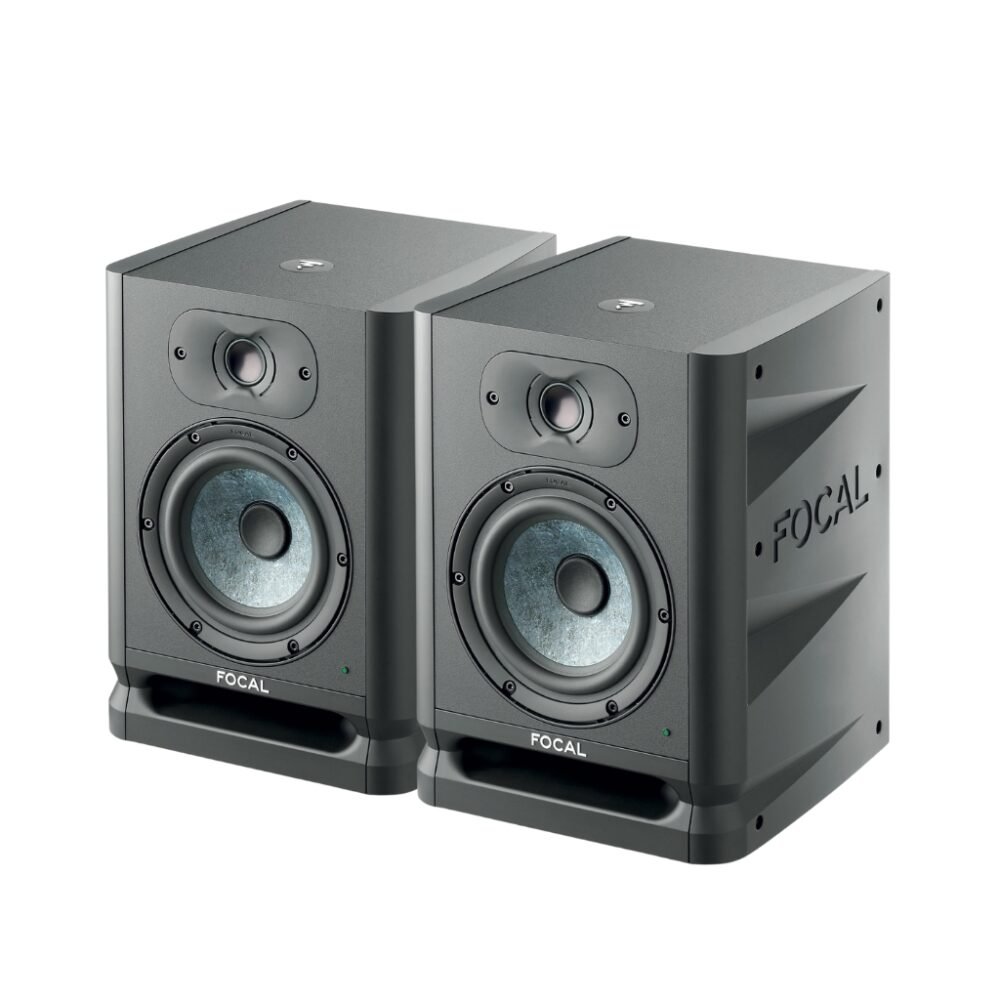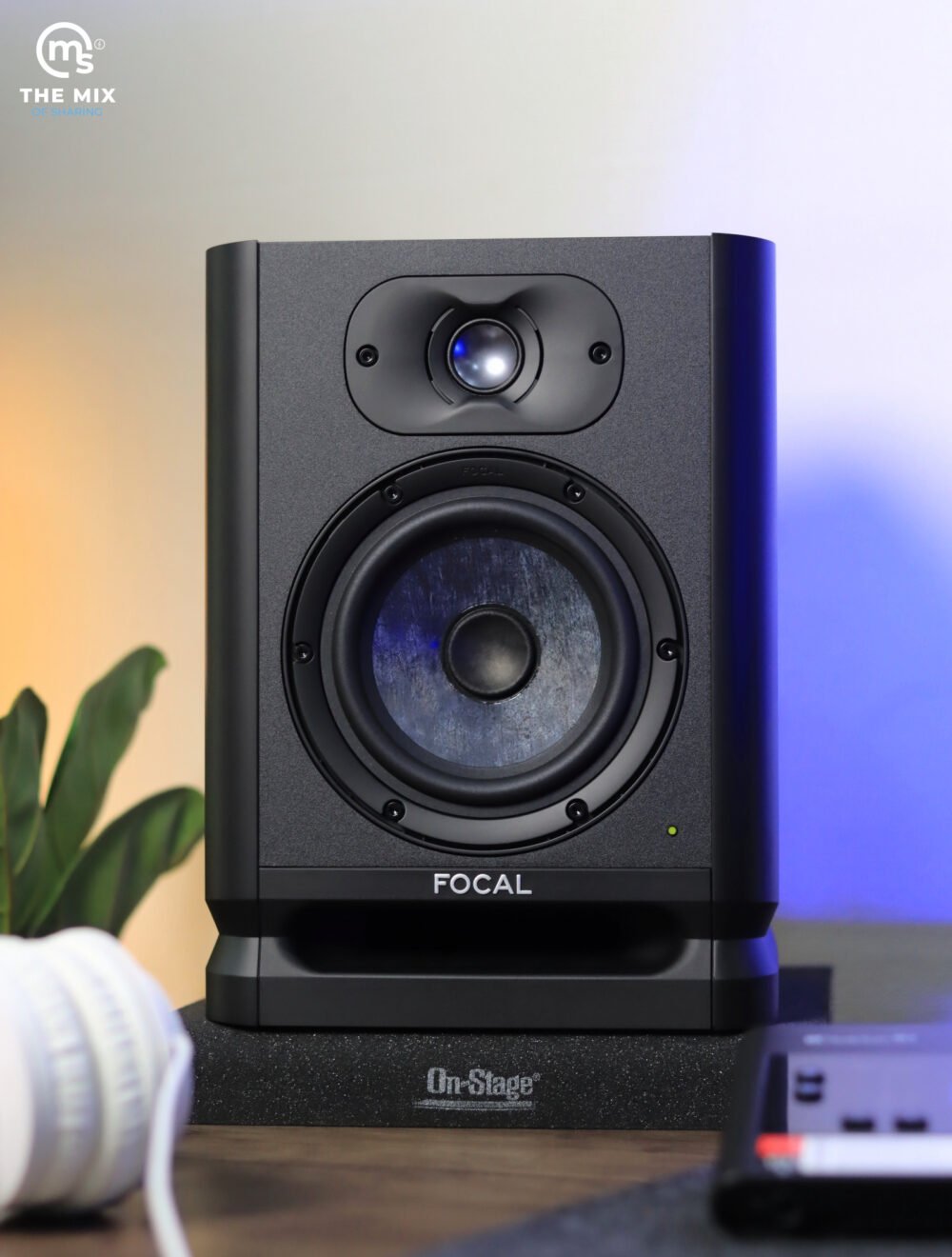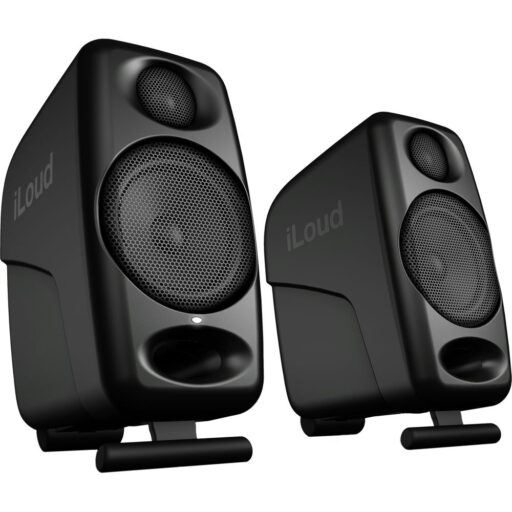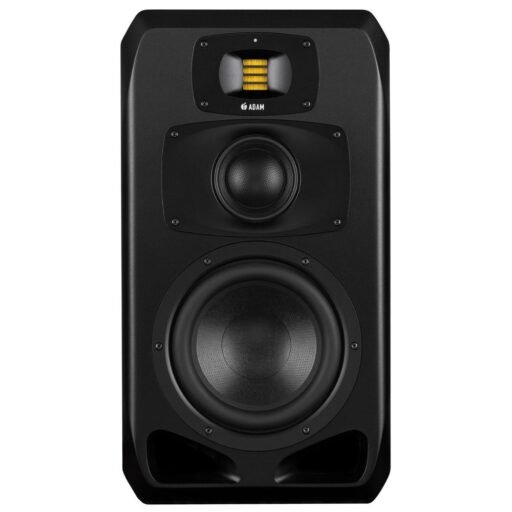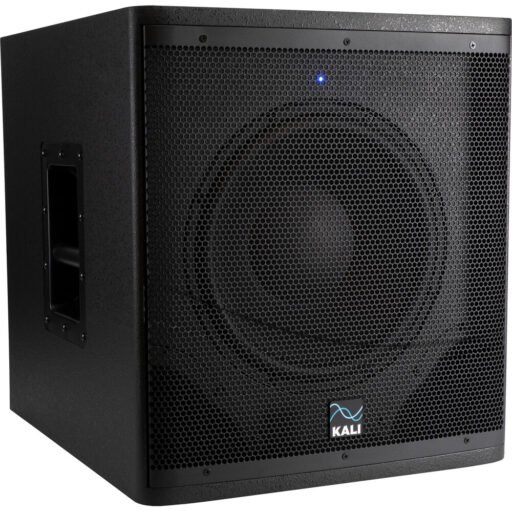Description
The Kali LP-8 V2 put the ability to achieve excellent mixes within anyone’s grasp. This monitor helps content creators and professional mixers—and if you purchase two—you can deliver exceptional mixes using the advanced waveguide for 3D imaging. The monitor offers clear sound reproduction throughout the frequency range, a low-noise performance, and a sensitivity that reaches levels necessary for creating punchy and fully realized mixes.
This is the second generation of the Lone Pine series, delivering lower-noise, higher sensitivity, a smoother high-end, and a more consistently accurate low-end than the original monitor. Furthermore, the Boundary EQ settings have all been updated based on user feedback, delivering tuning options more tailored for real-world scenarios.
The 3-D Imaging Waveguide allows you to hear a 3-D soundstage from a stereo pair of speakers. By matching the shape of the waveguide to the interactions of the HF and LF drivers, this waveguide produces a stereo image that is wider, taller, and deeper than the space where the speakers are placed.
The LP-8 accomplishes this by ensuring that the speaker’s reflected sound matches its direct sound. Every time you hear a loudspeaker, you’re hearing both the direct sound from the speaker, and reflections from the speaker’s signal bouncing off of objects in the room. When those reflections are congruent with the direct sound from the speaker, listeners perceive a better sound overall, and are able to make out very subtle details like where microphones are placed in a room. When done very well, the stereo image will sound three-dimensional.
All of this should give you a high degree of confidence in your mix. It allows you to mix faster and produce better mixes overall.
On most port tubes, air leaves at different speeds from different points of the opening, creating noisy turbulence. This turbulence can be heard as chuffing, or an audible air sound coming from the monitor. This sound will add to the noise floor and obscure the details of the low end.
The port tube on the LP-8 was designed to ensure that all of the air leaves the port tube at the same velocity. This helps add to the low end response of the speaker, while keeping the bass clean, tight, and devoid of extra noise.
Kali’s team came up with boundary compensation EQ settings at the Village Recorder in Los Angeles to help you get the optimum sound for where you need to put your speakers. Combined with the LF and HF trims, these boundary settings will ensure that the speakers sound their best no matter what room you’re mixing in.
There are EQ settings for:
- Free Space
- Speakers on stands, against a wall
- Speakers on a desk, away from a wall
- Speakers on a desk, against a wall
- Speakers on a console meter bridge
- Speakers on a studio desk
Specification
Kali Audio LP-6 V2 Specs
| Monitor Type | Active 2-Way |
| Enclosure | Bass-Reflex |
| Power Rating | 80 W |
| Drivers | HF Driver: 1 x 1″ / 2.5 cm Soft Dome Tweeter Low-Mid Driver: 1 x 6.5″ / 16.5 cm Woofer |
| Amplification | 1 x HF Amplifier: Class-D Rated at 40 W 1 x Low-Mid Amplifier: Class-AB Rated at 40 W |
| Frequency Range | 39 Hz to 25 kHz (at -10 dB) |
| Frequency Response | 45 Hz to 21 kHz ± 3 dB |
| Maximum Sound Pressure Level (SPL) | 112 dB |
| Total Harmonic Distortion (THD) | ≤1.5% |
| Analog Input Sensitivity/Gain | +4 dBu / -10 dBV |
| EQ | 1 x HF Shelf: -2 to +2 dB (2 dB Increments) 1 x LF Shelf: -2 to +2 dB (2 dB Increments) |
| Crossover Frequency | 1.3 kHz |
| Audio I/O | 1 x 1/4″ TRS Balanced Female Analog Input 1 x XLR Balanced Female Analog Input 1 x RCA Unbalanced Female Analog Input |
| Dimensions (W x H x D) | 8.7 x 14.1 x 10.2″ / 22.2 x 35.9 x 26 cm (Each) |
| Weight | 15.4 lb / 7.0 kg (Each) |
| Package Weight | 17.33 lb |
| Box Dimensions (LxWxH) | 18.5 x 13.6 x 11.6″ |

